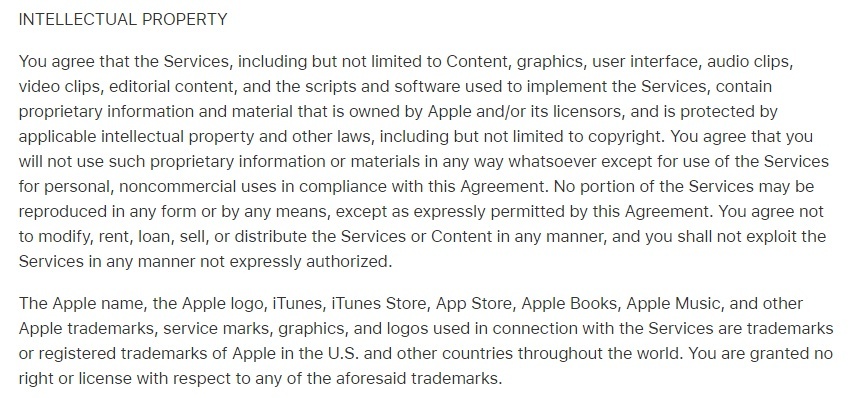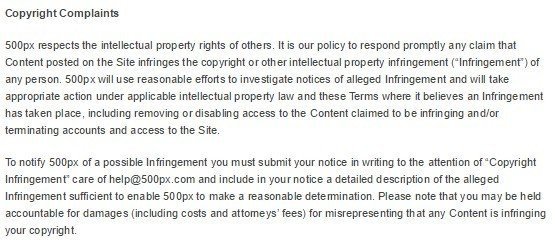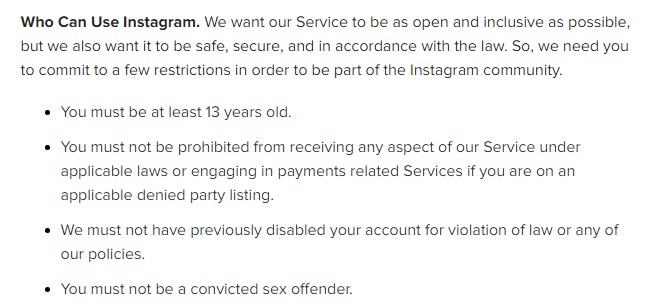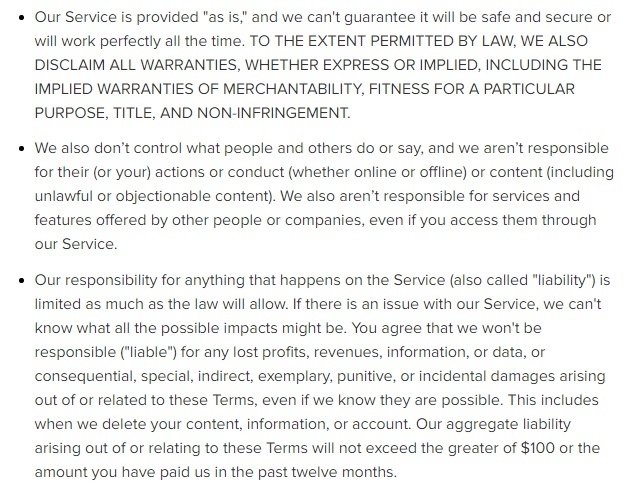Terms and Conditions for Mobile Apps
A Terms and Conditions agreement, also known as a T&C, Terms of Use or Terms of Service, is the legal backbone of the relationship between your mobile app and your users. It sets forth clauses that embody the rules, requirements, restrictions and limitations that a user must agree to in order to use your mobile app.
It's an incredibly important legal agreement for you to have, regardless of which app distribution platform you're using.
We'll explain the benefits of having a Terms and Conditions agreement for your mobile app and show you some examples of the most important clauses to include in your agreement.
Why Mobile Apps Need Terms & Conditions
Your mobile app needs a Terms and Conditions if you want to stop abusive users, terminate access or accounts at your sole discretion, and enforce rules and guidelines that you set. It's the set of rules that users must follow to access, use and continue to use your app.
Think of your Terms and Conditions agreement as the legal agreement where you maintain your rights to exclude users from your app in the event that they abuse your app, and where you maintain your legal rights against potential abusers of your app, and so on.
A Terms and Conditions is not required by law. Most mobile apps would want and need this kind of agreement, but especially so for apps that:
- Are part of a SaaS app
- Allow user-generated content
- Are part of an ecommerce store
Is a Terms and Conditions Agreement Required by Laws or App Stores?
App stores, such as Apple App Store and Google Play Store do not require you to include a Terms & Conditions agreement with your mobile app.
However, including one will be very beneficial to you and your mobile app.
Clauses for Terms & Conditions for Apps
Here are a few useful clauses to have in your mobile app's Terms and Conditions agreement.
Intellectual Property Clause
You can include a clause that protects your intellectual property from customers who may try to take your content and use it as their own or for their own purposes. In this kind of clause, you can set out at the beginning that your content is protected under IP laws, and what a customer cannot do with your protected content.
![]()
Apple has a lot of IP to protect, so its IP clause is very broad. It covers content, graphics, audio, video, scripts, software, logos, trademarks and more that's owned by Apple and its licensors:

Apps that allow user generated content, such as photo apps like Flickr, can benefit from a Terms and Conditions agreement by retaining the right to terminate a user's account if that user abuses the app by:
- Spamming other users
- Generating obscene content
- And other activities that tend to be violative
Let's have a look at some example of clauses used in the Terms and Conditions of mobile apps that host user-generated content.
Ownership and Use of Content Clauses
Users will want to know what's going to happen with the ownership and rights to their content if they upload it to your app. Will they lose any rights? Will your app maintain any joint rights?
Typically, apps with user-generated content tend to allow customers to retain ownership to their content, but take a very broad license to use the material if they so wish.
Here's how Adobe breaks down the ownership and license sections within its Terms of Use agreement:

Users are informed that their content is still theirs and that Adobe does "not claim any ownership rights to user content."
The next section continues in a way that helps users understand that even though Adobe doesn't claim ownership of user content, it does "require certain licenses from you to your content in order to operate and enable the Services and Software."
Adobe retains "a non-exclusive, worldwide, royalty-free, sublicensable, and transferable license to use, reproduce, publicly display, distribute, modify, publicly perform, and translate the Content as needed in response to user driven actions."
Users have the right to know things like this before deciding to upload or add any content to your app. You should include information like this in your Terms and Conditions both for your benefit and for user clarity.

Dropbox includes in its Terms of Service a "Your Stuff & Your Permissions" clause that deals with the transfer of rights and permissions that are needed to hosting and share users' content.
This clause from Dropbox informs users that just by uploading something to Dropbox, no rights are given to Dropbox for those uploads and that permissions will be requested by Dropbox before certain actions are taken.

Copyright Violations (Digital Millennium Copyright Act ("DMCA") Section)
Protect yourself from any copyright violations your users may create by including a DMCA section in your Terms and Conditions.
The DMCA helps insulate businesses and apps from having legal liability for any copyright infringement that takes place due to the actions of its users. While the DMCA is a US law, most countries around the world have laws regarding copyright infringement.
In order to comply with DMCA requirements, you will need to do the following:
- Include a clause that states you will take down/remove any material that turns out to be copyrighted if the violation is brought to your attention,
- Let people know exactly how they can report a copyright violation to you, and
- Have a plan and policy in place that you can execute for taking down violating material when it is brought to your attention.
Dropbox goes as far as to include a separate policy for the DMCA notice, which is not necessary but is helpful for users and makes it incredibly easy to submit a notice of infringement.

500px takes this more streamlined approach in its "Copyright Complaints" clause in its Terms of Service agreement.
Users are informed that 500px takes copyright violations seriously and will investigate them, remove infringing content, and that notices of a possible infringement can be submitted in writing and must include a detailed description of the infringement.

Retain Right to Filter Content Clause
As the operator of an app that allows user generated content, you are going to want to have the ultimate say on what is allowed through your app. A simple clause that maintains your right to review, delete or refuse to display content that violates laws or your own terms is a quick and easy way to do this.
![]()
Here is how Survey Monkey accomplishes this in a short and sweet "Content Review" clause.

Consider photo sharing apps. The Terms and Conditions agreement of most photo sharing apps are focused on three primary issues: unlawful content, copyright infringement, and photo storage and security.
Prohibited Activities Clause
One of the key benefits of having a Terms and Conditions agreement is that you can set forth what activities and actions you prohibit.
![]()
In its Terms and Conditions Instagram contains a robust clause regarding what users are not allowed to do when using the service:

While a lot of this type of information will be standard across most apps (such as a ban on reverse engineering, violating Terms and Policies, committing illegal activities), some parts will be unique to your app depending on the nature of the app.
For example, if you allow your users to share their personal content such as photos, you can put a ban on posting violent or sexual content. If your app doesn't allow users to do this, but does have an ecommerce component, you may instead have a ban on using fraudulent payment methods.
Who Can Use Your Service Clause
You may have restrictions to who can use your app, such as not allowing anyone under the age of 13 to use it. Here, Instagram has a requirement that its app cannot be used by anyone who is a convicted sex offender:

If you have any limitations for who you want using your app, be sure to include a clause like this.
Warranty/Limitation of Liability Clause
You've surely seen these standard clauses before. Basically, this clause will make it clear that you provide your app "as is" and with no warranty attached. You'll also dispell your liability for things like errors, omissions, incidental damages, offensive content, malware and other things that you either cannot control or cannot constantly guarantee.
Here's how Instagram included all of this information in one single clause, but spaced out into three different parts. This helps make a typically-dense clause like this more readable and less daunting to readers:
